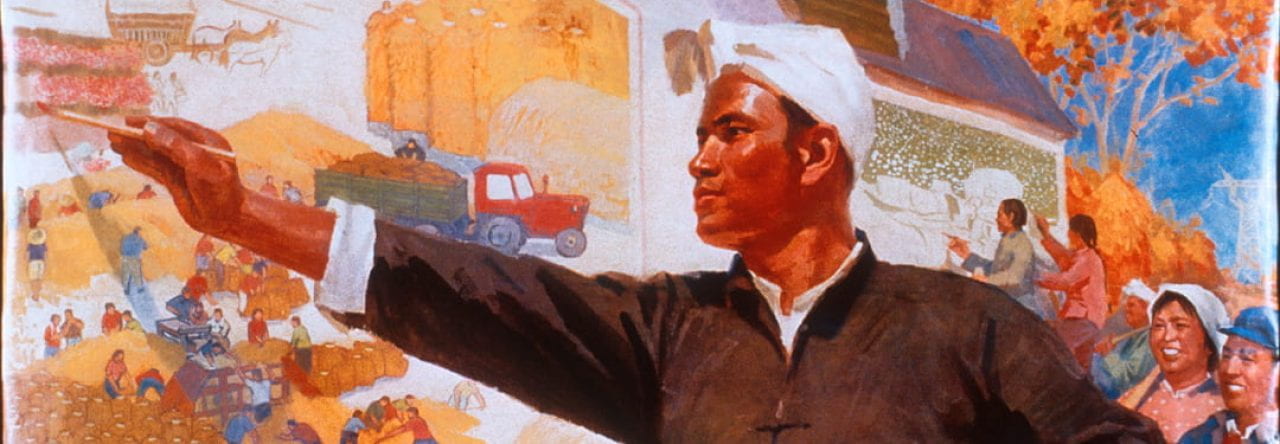Zhang Daqian or also known as Chang Dai-chien was born May 10th, 1899 to a poor, artistic family in the Sichuan Province of China. He first became a very famous traditionalist painter and later on became known for his modern impressionist and expressionist works as a painter. He started painting at a young age with his first work coming at age twelve. This work was for a traveling fortune teller who wanted new diving cards and so he painted her new ones. Then, he went on to study. He started learning about art in 1917 when he went to Kyoto to learn about buying textiles. After that he went to Shanghai to study. He studied two very famous artists by the name of Zeng Xi and Li Ruiqing. He also had an older brother who was a famous painter at the time that helped him learn. After learning in Shanghai he moved to Beijing and met more famous artists. He became friends with Pu Xinyu and collaborated with him. A famous saying came out of this, “Chang from the south, Pu from the north” as they both became renowned. In the 1930s he started to get noticed world wide. He was invited to France after his exhibited painting was bought by the French government. Then, he accepted a position to be a professor at the National Central University Art Department in Nanjing. Later on in that year in 1936 his portfolio was published in Shanghai and the following year it was held in the UK. He then started leading other artists in reproducing other artists’ works. But one of his biggest achievements was being invited to an exhibition in The Louvre and Musee Guimet in Paris where he met Picasso. Picasso was excited to meet him and asked for a critique of his own Chinese paintings. As he got older his eyesight started to decline and it led him to create a new style of his called splash color, or pocai style. This style combined abstract expressionism with traditional Chinese painting styles.
Below is one of Zhang’s famous works “Alishan in Oblique Sunrise”

The Art of Modern China. Berkeley: University of California Press, 2012. https://hdl.handle.net/2027/heb.32156. EPUB.
Zhang Daqian, https://web.archive.org/web/20110427014113/http://www3.icm.gov.mo/gate/gb/www.icm.gov.mo/exhibition/daqian/BiographyE.asp.

